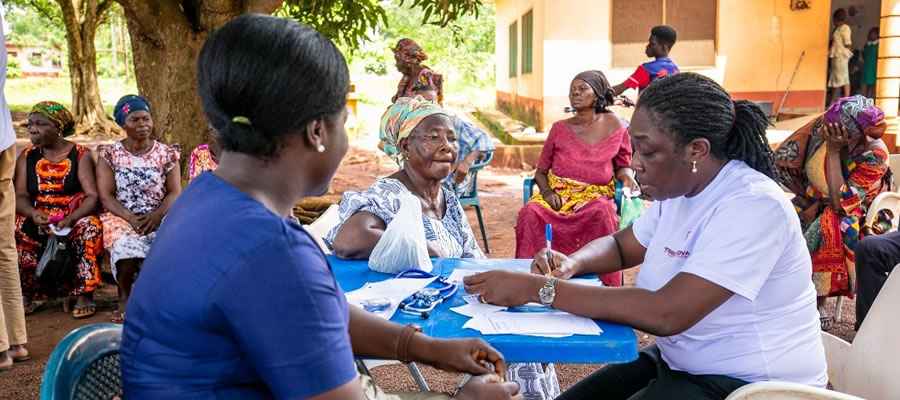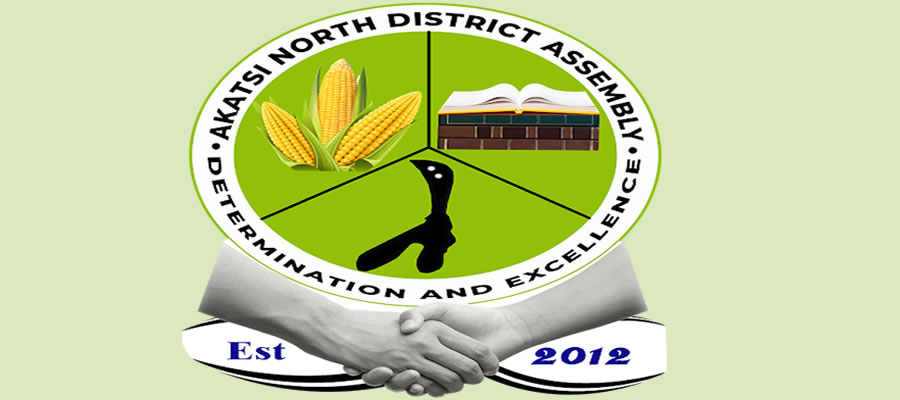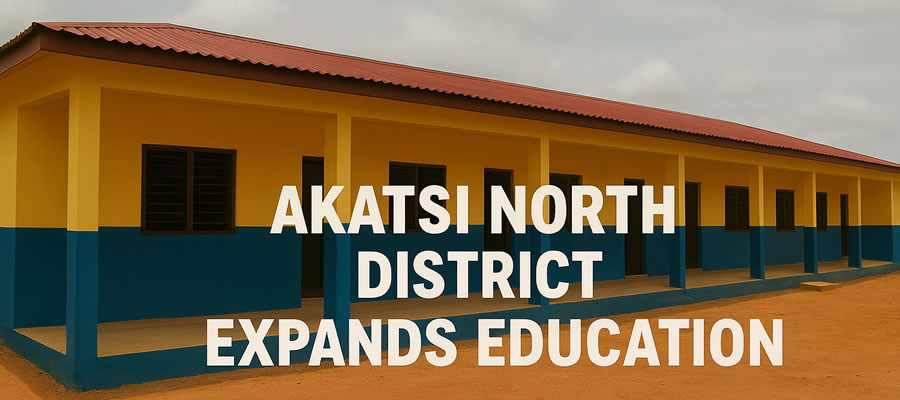
Agricultural Activities
Agriculture plays a vital role in the socio-economic development of the Volta Region. The region’s economy is mainly rural and dominated by the agriculture sector, which employs about 74 percent of the economically active population. The key agricultural sub-sectors include crops, livestock, fisheries, agroforestry and non-traditional commodities. The average agricultural land holding is about 0.46 hectares. The farming practices in the region include mono-cropping, mixed cropping and mixed farming.
Number of household members engaged in Agriculture
The 2010 Population and Housing Census reported a total of 599,276 household members in agriculture in the Volta Region, out of which 116,507 are in the urban areas and 482,789 in the rural areas. At regional level, the majority of the population in agriculture is male (50.8%), while 49.2 percent are females. There are more males in agriculture in urban localities (53.9%) than females (46.1%). On the other hand, there are equal proportions of males and females in agriculture in the rural areas (50.0% respectively). At district level, more males than females are in agriculture in urban areas across all districts, with the exception of Akatsi (49.2%) and North Tongu (48.4%). However, in the rural areas, females predominate in agriculture in 9 out of the 18 districts.
Households Engaged in Agriculture
The total number of households engaged in agriculture in the region is 291,224, out of which 59,487 are in urban localities and 231,737 are in rural communities. There are more males who are heads in agricultural households (68.2%) than females (31.8%) in the region. A similar pattern is observed in both the urban areas and rural areas across all the districts.
However, among female household heads, relatively higher proportions of them are found in the southern districts compared to the northern districts. For example, fewer than one in five females are heads of their households in Krachi East, Krachi West, Nkwanta South and Nkwanta North, whereas the ratio is relatively higher in southern districts such as South Tongu, Keta Municipal, and Akatsi.
Among the districts, the average household size ranges from a low of 4.1 in Akatsi District to a high of 6.7 in Nkwanta North District. Generally the northern districts have relatively larger household sizes than the southern districts. For example, household sizes of 10 or more are common in Krachi East, Krachi West, Nkwanta North and Nkwanta South in the northern part of the region, whereas household sizes between one and three are more prevalent in southern districts such as Ho Municipality, Akatsi and Ketu North. Volta Region has an aged population of agricultural household heads.
The largest proportion of agricultural household heads are aged 70 years and older (13.2%), followed by those aged between 40 and 44 years (11.8%). Household heads in the southern districts tend to be older than those in the northern districts. For example, while less than 10 percent of agricultural household heads who are 70 years and older are found in Krachi East (9.2%), Nkwanta South (8.0%), and Nkwanta North (8.7%), the figure is higher in southern districts such as Keta (16.3%), South Tongu (17.3%) and Akatsi (17.8%). As expected, very few agricultural household heads are young. Indeed, less than 1 percent (0.8%) of agricultural household heads are found in the youngest age group (15- 19 years). A similar picture of the age distribution of agricultural household heads is observed in the districts and in both rural and urban areas.
Type of Farming Activities
Like other regions in Ghana, the majority of people in the Volta Region are engaged in agriculture. The region has substantial agricultural resources, which include large expanses of land suitable for general agriculture (i.e. cultivation of crops and animal rearing). With the Volta River and Volta Lake running the whole length of the region, there is also potential for fish farming. This section of the report examines types of crops cultivated, tree growing, livestock farming, and fish farming.
Data on the distribution of agricultural households by district and types of agricultural activities undertaken show that out of the 291,224 agricultural households, 271,071 are engaged in crop farming, 1,850 are engaged in tree growing, 11,270 are engaged in livestock rearing, and 557 are engaged in fish farming. Thus the major agricultural activity in the region by far is crop farming, followed by livestock rearing. More male household heads are engaged in all the agricultural activities than females across all the districts. For both urban and rural areas, crop production ranks first in farming activities, followed by animal rearing in all the districts. The least widespread farming activity in the region is fish farming.
Crop Farming
As indicated earlier, crop production is the dominant type of farming activity in the region. Crop farming practices include mixed cropping, inter-cropping, and mono-cropping. The most common farming practice is inter-cropping (39.5%), while mixed cropping is relatively less popular (24.8%). However, as can be seen from the table, the type of farming practice adopted depends on the type of crop. For example, cocoyam farming tends to utilize mixed farming, while the farming practice adopted for ginger, tree planting and coffee production tends to be mono-cropping.
A wide variety of crops are produced in the region, include staples such as yam, cocoyam, millet, sorghum, cassava, garden eggs, and plantain. Non-traditional crops meant for export include cocoa, apples, black pepper, cashew, nuts, ginger, pineapple, pawpaw, and mangoes. The highest proportion of farms produce maize (30.9%), followed by cassava (30.6%), and yam (8.7%).Overall, 83.1 percent of all crops are cultivated by households in rural areas compared to only 16.9 percent in urban areas. For example 9 out of 10 rural households cultivate such crops as banana, blackberries, coffee, cola, garlic, millet, sugarcane, sweet pepper and tobacco. Crops which are produced more by urban households than rural households are shallots (55.7% urban and 44.3% rural) and onions (54.1% urban and 45.9% rural).
Livestock Farming
The 2010 census counted a total of 183,476 agricultural holdings in the Volta Region, of which 82.7 percent are in the rural areas compared to 17.4 percent in urban areas. The census also reports a total of 3,045,352 livestock of different species. An overwhelming proportion (81.2%) of livestock rearing occurs in the rural areas, with the exception of fish farming. Poultry takes the largest share of livestock production (54.2%), followed by goat rearing (18.4%) and sheep rearing (7.0%). Marine fishing is the least prevalent agricultural activity, at 0.12% of livestock production in the region.
Date Created : 12/14/2017 5:13:09 AM












 facebook
facebook
 twitter
twitter
 Youtube
Youtube
 +233 593 831 280
+233 593 831 280 0800 430 430
0800 430 430 GPS: GE-231-4383
GPS: GE-231-4383 info@ghanadistricts.com
info@ghanadistricts.com Box GP1044, Accra, Ghana
Box GP1044, Accra, Ghana